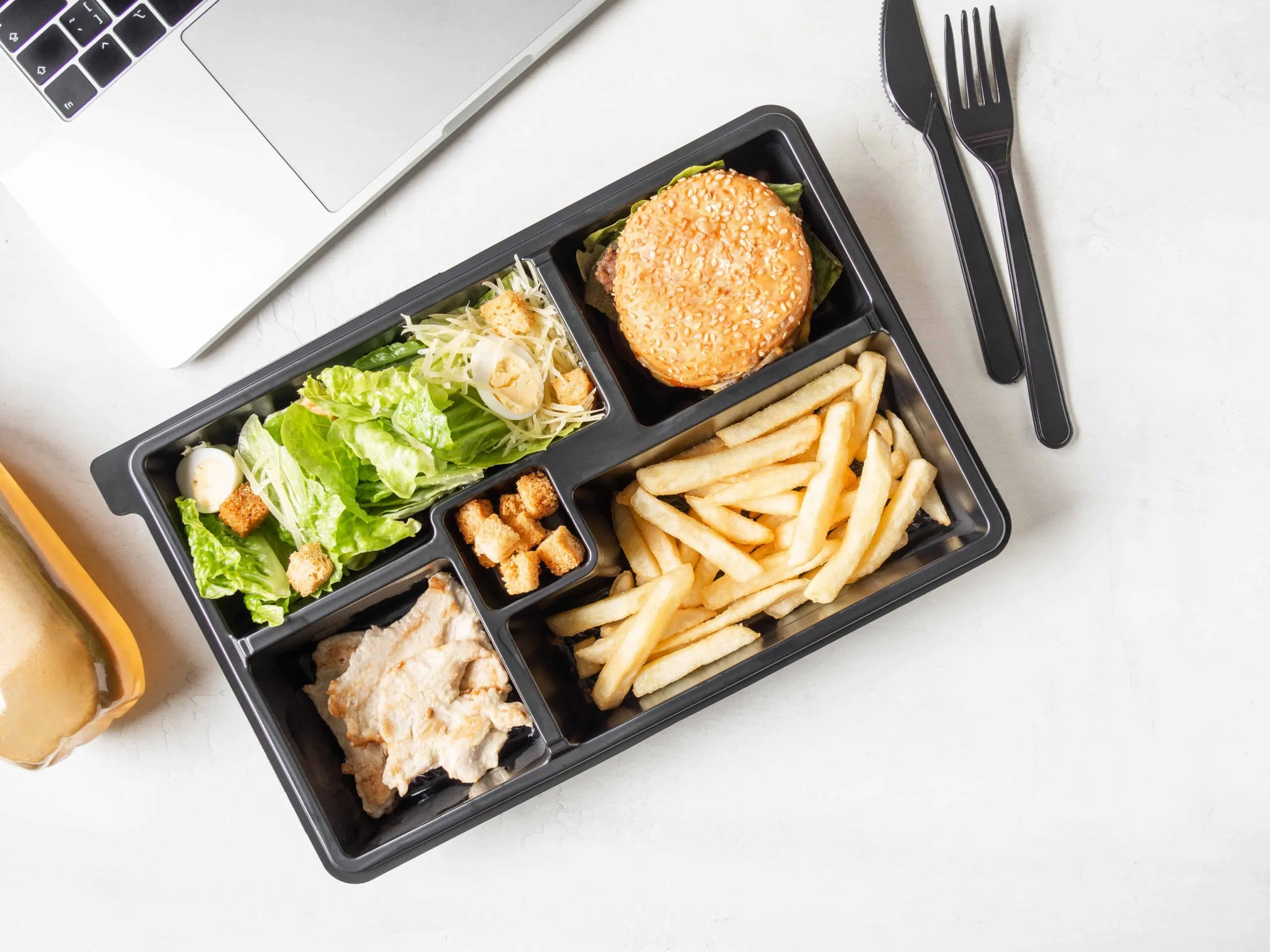

Did you know that plastic is a very versatile primary material? It is also the main reason for its extensive use across various industries, especially the food packaging industry.
Every day, we come into contact with plastic, whether it’s when we open a bag of chips or a box of chocolate chip cookies. Almost every type of food product today uses plastic extensively, and there is a reason behind this.
Plastics ensure that the ingredients used in the food stay fresh and well-preserved. They also ensure there is very little or no contamination.
Let’s look at the various types of plastic bags that are commonly used in food packaging:
You might have noticed the numbers 1-7 on the side or bottom of a plastic packing container. This refers to the “resin identification code” for plastic, often known as the “recycling number.”
Many of the primary kinds of plastic polymers used in packaging (#1-7) are recyclable.
Community recycling programs typically gather PET (#1) and HDPE (#2) plastic bottles. Although most municipalities advise individuals to recycle by form, some localities additionally use the resin identification code.
On plastic, the Resin Identification Code, or recycling ID, specifies the sort of plastic. Below are more details and examples of the most popular plastic bags used in food packaging.
Polyethylene terephthalate (PETE or PET) is a light material that is semi-rigid or stiff to increase impact resistance. This also helps to protect the food or liquids contained within the package.
PET is widely used in food packaging, including soft drinks, sports drinks, water, supplements, vegetable oil, and peanut butter jars. It is FDA approved for food contact and is also recycle-friendly.
However, if we were to consider the environmental friendliness of this plastic, it is not a type of biodegradable plastic.
HDPE (high-density polyethylene) is a complex, transparent plastic that is both lightweight and sturdy. An HDPE milk bottle container, for instance, can weigh only 2 ounces while carrying a gallon of milk.
HDPE is often used in food packaging like juice and milk, squeezed butter and vinegar, chocolate syrup, and supermarket HDPE bags. It is also FDA-approved for food contact and eco-friendly.
Low-density polyethylene (LDPE) is thin and more heat resistant than other polymers. LDPE is generally utilized in packaging applications where heat sealing is required. However, it is also employed in rigid applications because of its toughness and flexibility.
LDPE is extensively used in food packaging. It is used to manufacture container lids, bread wraps, six soda can rings, and LDPE plastic bags for fruit and vegetables. It is FDA approved for food contact and is also recycle-friendly.
Chlorine is the major component of polyvinyl chloride (PVC), a typical plastic form that is biologically and chemically resistant. These two properties aid PVC containers in preserving the integrity of their contents, especially pharmaceuticals.
Clear PVC is employed for tamper-resistant over-the-counter drug packaging and shrink wrap for various items.
Vinyl is also used in blister packaging, such as for breath mints or gum. Clear plastic bags are also frequently used for packaging. It is also FDA-approved for food contact and eco-friendly.
Polypropylene (PP) is strong yet not as brittle as other polymers. It can be made transparent, opaque, or a different hue when it is created. PP has a high melting point in general. This makes it especially appropriate for food packaging goods that are microwaved or washed in dishwashers.
As a packaging material, PP is extensively used by producers of yogurt cups, maple syrup, and cream cheese, along with prescription medications.
The fact that the FDA has approved the use of polypropylene for food contact makes it an easy and simple choice for manufacturers. Its recyclability is another feature to be considered.
Polystyrene (PS) is a clear, rigid material with little pliability. When created, it can be formed of Styrofoam or cast into molds and given precise details in its design. For example, in the form of plastic forks or spoons.
What is its function? PS is extensively used in food packaging to manufacture disposable cups, bakery trays, fast food containers, and egg cartons.
Food packaging needs to be manufactured with great detail to make sure that the final product can be packaged and eaten safely.
As a plastic company in Malaysia, we understand the importance of using the right plastic material depending on the type of food your brand sells. Additionally, using branded plastic bags can boost your business’s reputation and foster customer loyalty.
For further information, please feel free to get in touch with our packaging specialists for a full consultation.